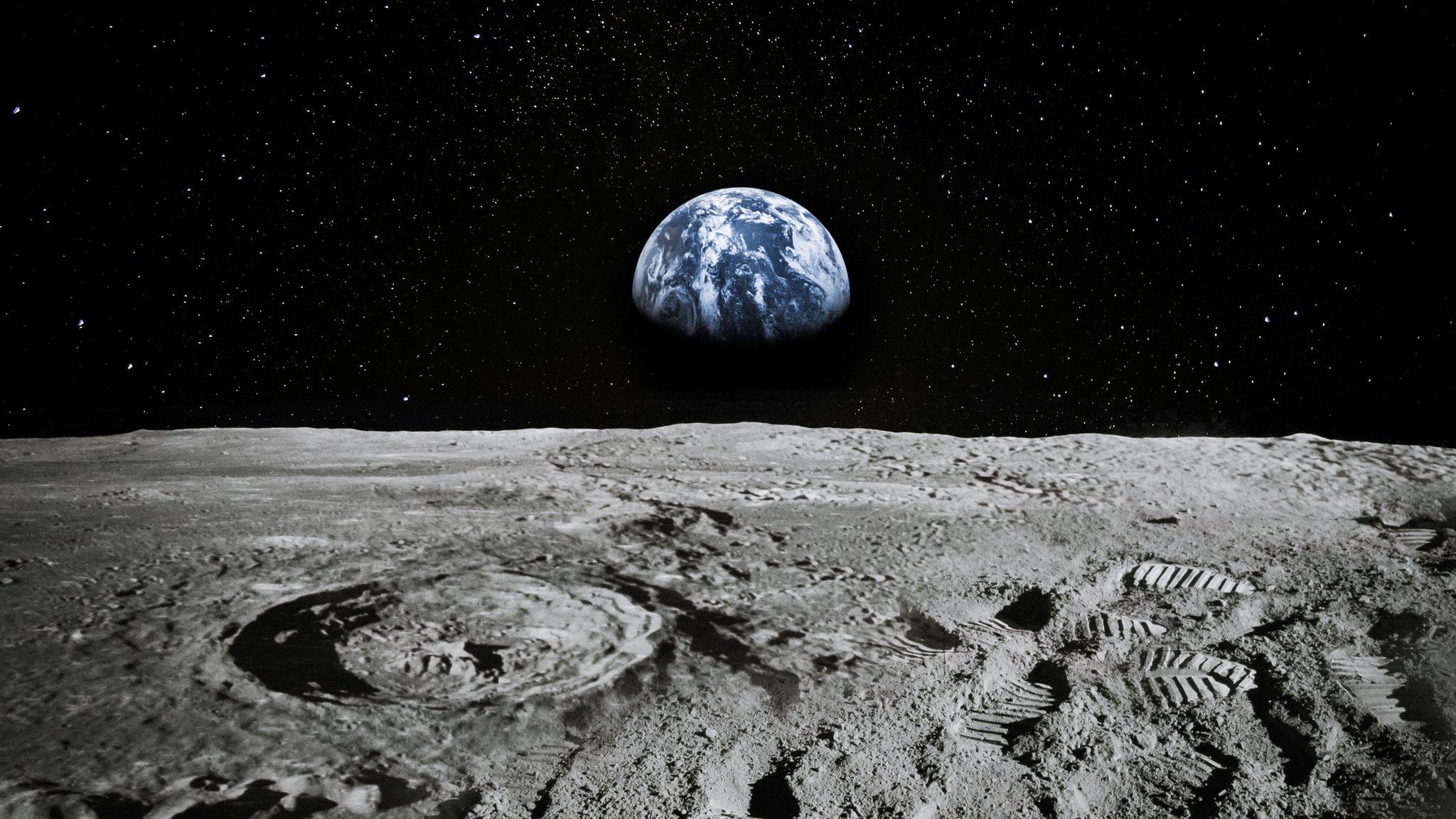Astronomy: How to see five planets and a comet in night sky
- Published
- comments
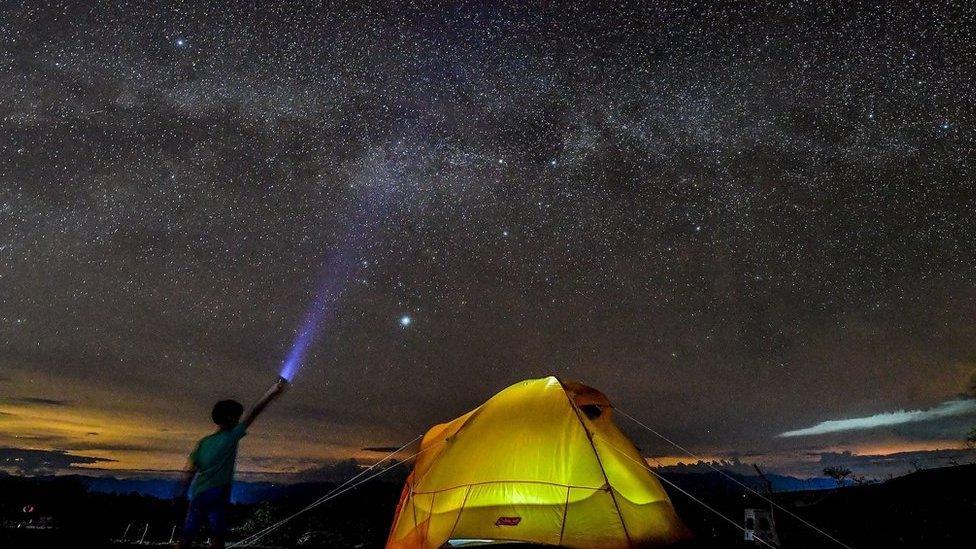
Stargazers are being treated to some amazing views at the moment.
Mercury, Venus, Mars, Jupiter and Saturn are all be appearing together in the night sky.
The spectacular sights are being made even more special by the addition of Comet Neowise, which has been streaking across our skies for several days.
Emma Alexander, an astronomer at the University of Manchester, told Newsround that it is an exciting time to enjoy a spot of stargazing.
She said: "It's not very often we get so many interesting things in the sky in one night, so it's a really great time to go out and do some astronomy."
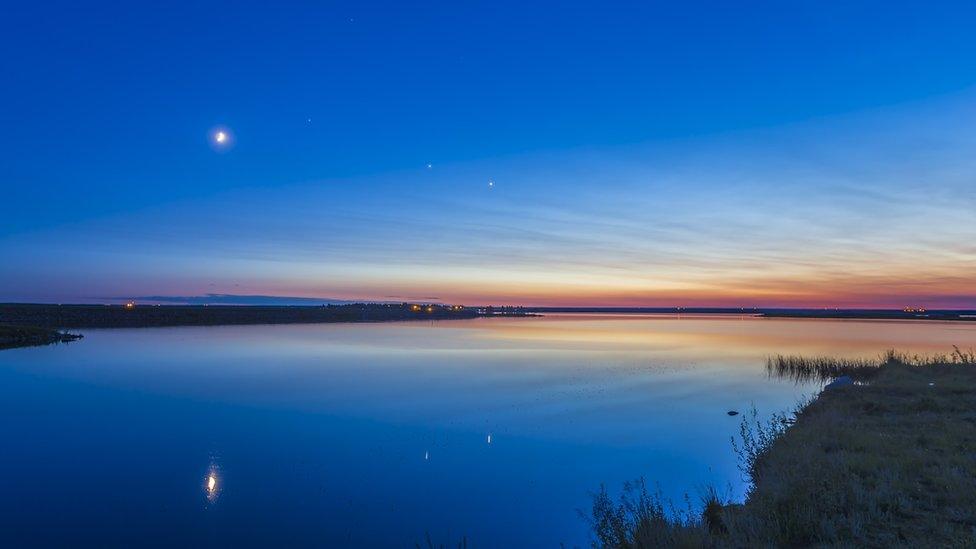
Venus (right) is the easiest planet to see in the night sky. Here is is sitting closely to Jupiter (left), to the right of the Moon
What will I be able to see?
At the moment Saturn and Jupiter are visible all night - they rise as the sun is setting - and appear quite close together in the sky.
Emma says they are easy to recognise, because they are bright.
Mars, also known as the Red Planet, appears slightly further away from Saturn and Jupiter.
Venus is visible in the night sky at the moment too - it is the brightest planet and easiest to spot.

The five planets will be in a line in the sky
Venus appears at sunrise and sunset because it is closest to the Sun.
Mercury should also be visible until early August, but this planet is slightly trickier to spot, because it is closer to the Sun than Venus.
"Mercury will be the hardest one to see, that's the planet that will rise the closet to sunset. You have to pick it out from the morning glow of the sunrise." Says Emma.
It will be the most visible on 22 July, in the morning sky just before sunrise.
Beginner's guide to astronomy
How can I see five planets at the same time?
The five planets will make a line across the night sky in the same line that the Sun travels across the sky. It is what is know as the ecliptic.
Saturn, Jupiter and Mars will be visible all night, but from around 4.30am you might catch a glimpse of all five planets together.
Emma Alexander says the easiest way to start is by looking east and finding the Moon and Mercury.
She said: "If you put your hand out in a fist and hold it at arm's length, the size of your fist is about the same distance the Moon and Mercury are from the horizon over to the east. Then look a little bit to the right and slightly up and you'll see Venus - you'll know it's Venus because it's very bright. Then turn towards the south, that's when you'll see Mars."
Saturn and Jupiter start to set around 4.30am at the moment, but they could still be in view 'if you have a really good western horizon'.
If you're having trouble knowing where to look, ask a parent or adult you trust to help. There are several smartphone apps that can point you in the right direction when it comes to constellations in the sky and spotting planets.

Where to look in the sky if you're trying to spot Comet Neowise
How can I see Comet Neowise?
Neowise is moving westwards across the sky throughout July.
The comet is visible all through the night and can be found low in the sky in a north direction.
It will then head out of sight as it travels deep into the solar system.
Emma says you know that it is a comet because it is a 'fuzzy streak' in the sky. Unlike the planets, which appear like 'pin pricks' of light.
She says: "You are more likely to catch it out of the corner of your eyes because of how our eyes work.
What is the best way to enjoy the night sky?
You will need a clear night, with little cloud coverage and a clear horizon, so try to find somewhere away from buildings and street lights.
And although you do not need any special equipment to enjoy the sky this weekend, a pair of binoculars will help you get an even better view.
- Published8 July 2020
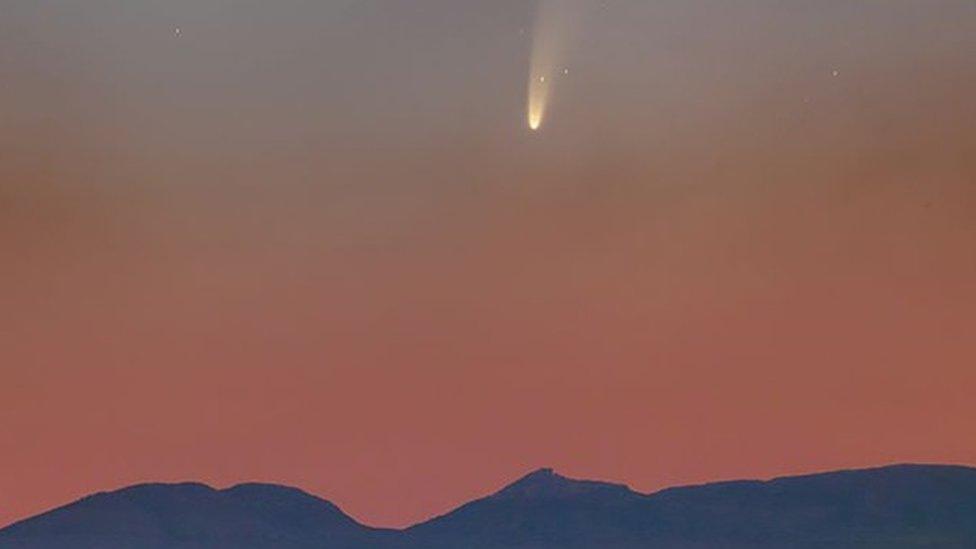
- Published30 August 2022
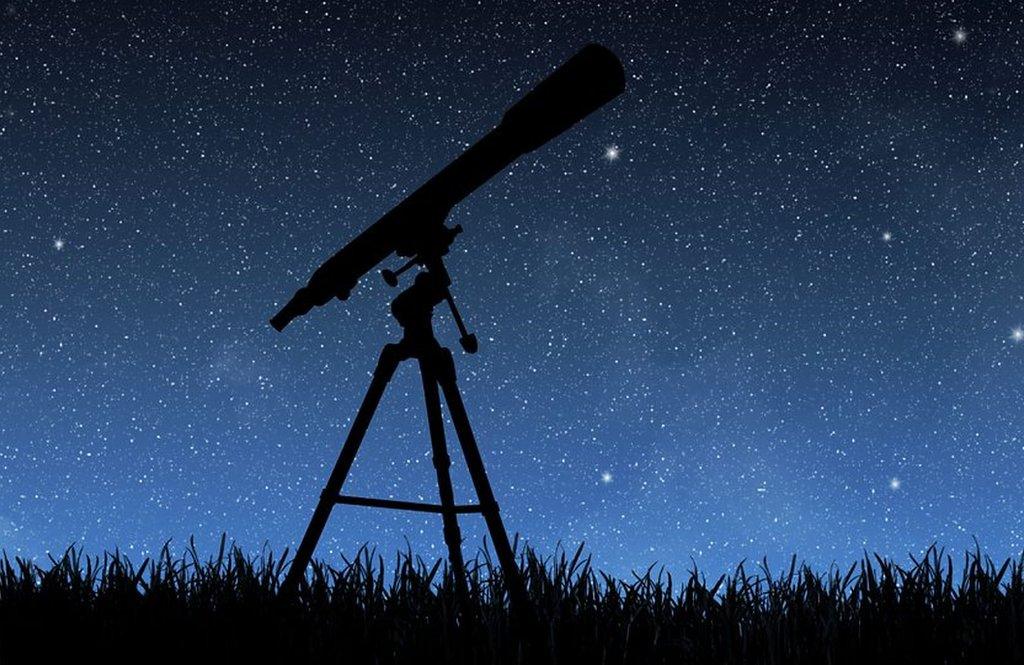
- Published6 January 2020
